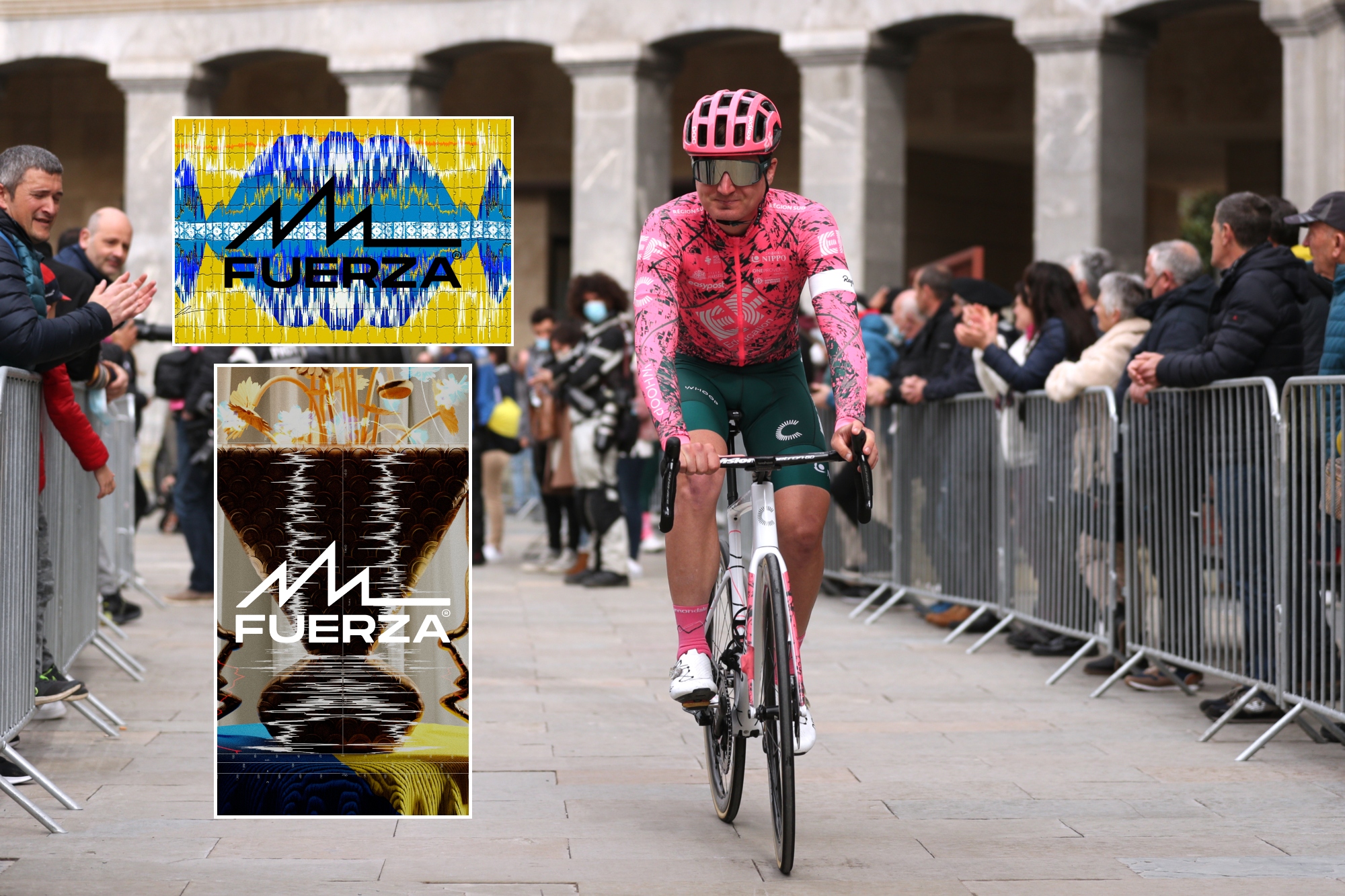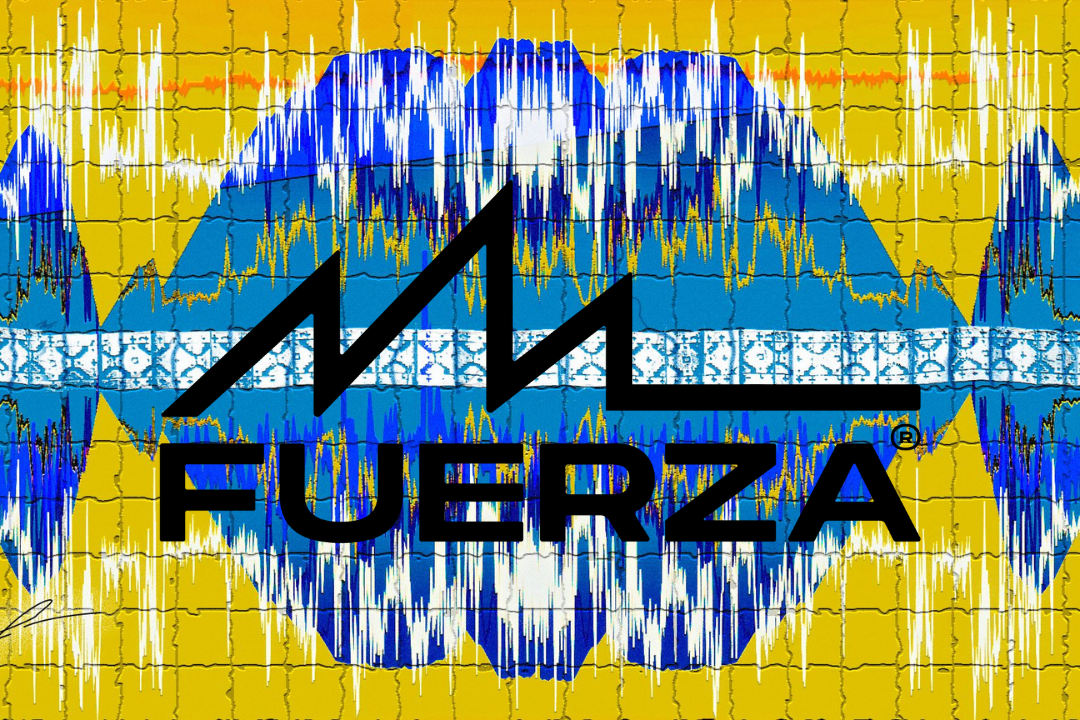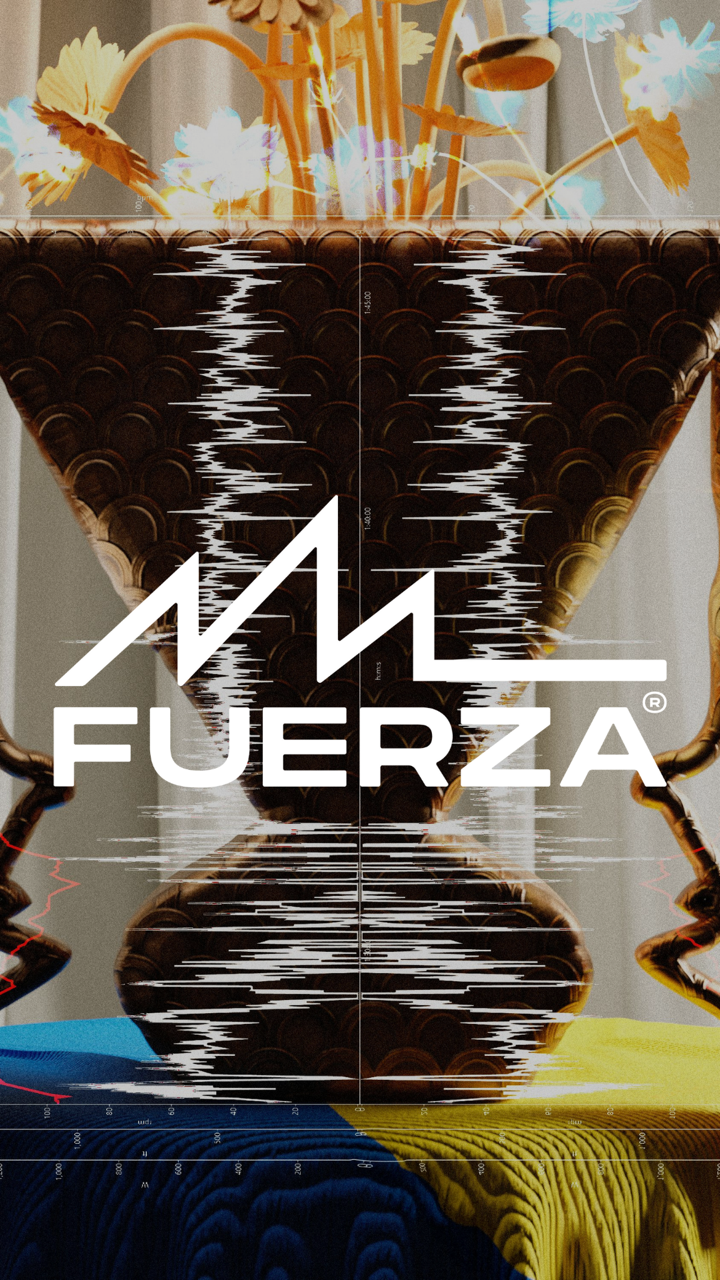Ukrainian pro Mark Padun creates NFTs to support homecountry's medical relief fund
The Ukrainian will donate a proportion of sales to medical support for his country

Ukrainian cyclist Mark Padun has created a collection of NFT artwork pieces, with large parts of the proceeds going towards humanitarian relief efforts in Ukraine.
The EF Education-EasyPost rider is from the city of Donetsk, part of the region of Ukraine that has been subject to war for eight years. He continued racing during Russia's invasion of the entire country in February, though, and he is hoping the NFT project will raise money for field hospital equipment and medicines.
Project Fuerza artist Facundo Kostelak designed the NFTs, which all contain a combination of the Ukrainian flag colours, with the project called 'Carry the Load'. Padun is donating 25 per cent of the proceeds to the Ukrainian medical help relief fund run by cyclists, which Project Fuerza is matching as well.
Fuerza, an NFT design company, has worked with Mark Cavendish, Peter Sagan, Geraint Thomas and Rohan Dennis in the past. It creates pieces with a cyclist's data from a specific performance as the art, or embedded into the art, with the NFTs containing a bio-metric data file.
NFTs, or non-fungible tokens, refer to digital property someone exclusively owns -whether it be an image, video, audio file or potentially even a tweet. Each NFT has a unique digital signature - so only one 'true' owner - and therefore aren't interchangeable.
That unique digital signature, or code, is stored on the blockchain. Blockchain, the technology behind cryptocurrencies, is a digital ledger, or a record of transactions. It’s accessible to anyone and, significantly, it is also immutable.
One of Padun's NFTs highlights his stage seven win at the 2021 Critérium du Dauphiné, the first WorldTour victory of his career, while another represents his third place finish on stage 12 of the 2018 Vuelta a España.
Get The Leadout Newsletter
The latest race content, interviews, features, reviews and expert buying guides, direct to your inbox!

Padun's NFT highlighting his stage seven win at the 2021 Critérium du Dauphiné
That 2021 Critérium du Dauphiné triumph came on the queen stage atop the summit finish of La Plagne. Padun attacked with eight kilometres remaining, and soloed to the finish line for a memorable win. On the specific NFT created for this performance, the white lines are supposed to represent his power, the blue is intended to show his speed, with the solid yellow supposedly highlighting the elevation of the mountain.
Meanwhile, his third place finish at the 2018 Vuelta a España came on the-then 22-year-old's Grand Tour debut. Depicted on that NFT is a Ukrainian flag under a traditional Ukrainian bowl.
Also among the NFT collection are artwork pieces created with data outputs from across his career, such as a December 2017 training ride, his Adriatica Ionica 2019 stage two victory, and his time trial win on stage four of Gran Camino 2022.
Coming just days after Russia's invasion of Ukraine, Padun is in the NFT riding with a Ukrainian flag, highlighting the poignancy of winning the TT while a war had broken out in his home country.

Padun's Grand Tour debut at the 2018 Vuelta a España, with his third place finish remembered with this NFT

Thank you for reading 20 articles this month* Join now for unlimited access
Enjoy your first month for just £1 / $1 / €1
*Read 5 free articles per month without a subscription

Join now for unlimited access
Try first month for just £1 / $1 / €1
Ryan is a staff writer for Cycling Weekly, having joined the team in September 2021. He first joined Future in December 2020, working across FourFourTwo, Golf Monthly, Rugby World and Advnture's websites, before making his way to cycling. After graduating from Cardiff University with a degree in Journalism and Communications, Ryan earned a NCTJ qualification to further develop as a writer.
-
 'I'll take a top 10, that's alright in the end' - Fred Wright finishes best of British at Paris-Roubaix
'I'll take a top 10, that's alright in the end' - Fred Wright finishes best of British at Paris-RoubaixBahrain-Victorious rider came back from a mechanical on the Arenberg to place ninth
By Adam Becket Published
-
 'This is the furthest ride I've actually ever done' - Matthew Brennan lights up Paris-Roubaix at 19 years old
'This is the furthest ride I've actually ever done' - Matthew Brennan lights up Paris-Roubaix at 19 years oldThe day's youngest rider reflects on 'killer' Monument debut
By Tom Davidson Published
